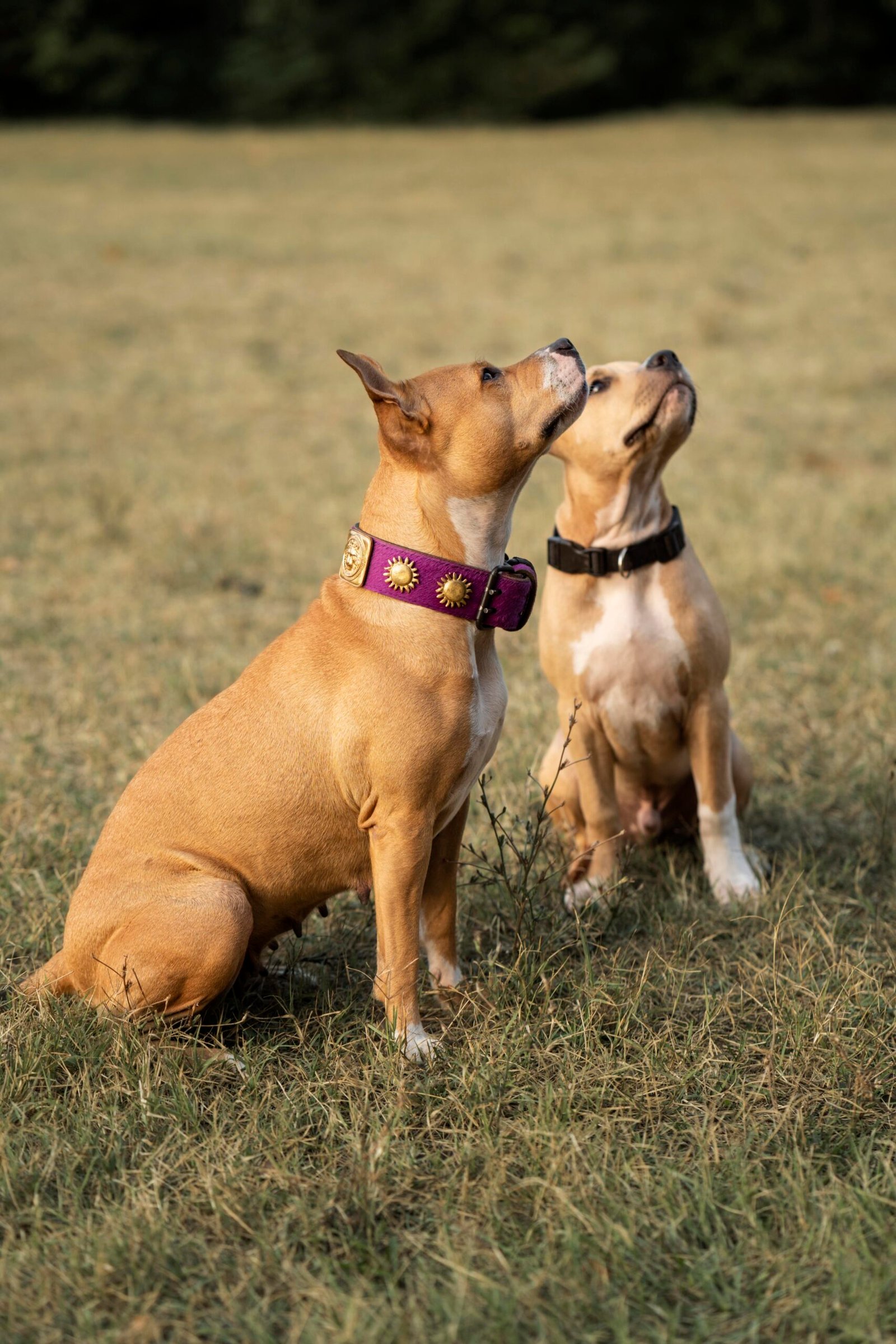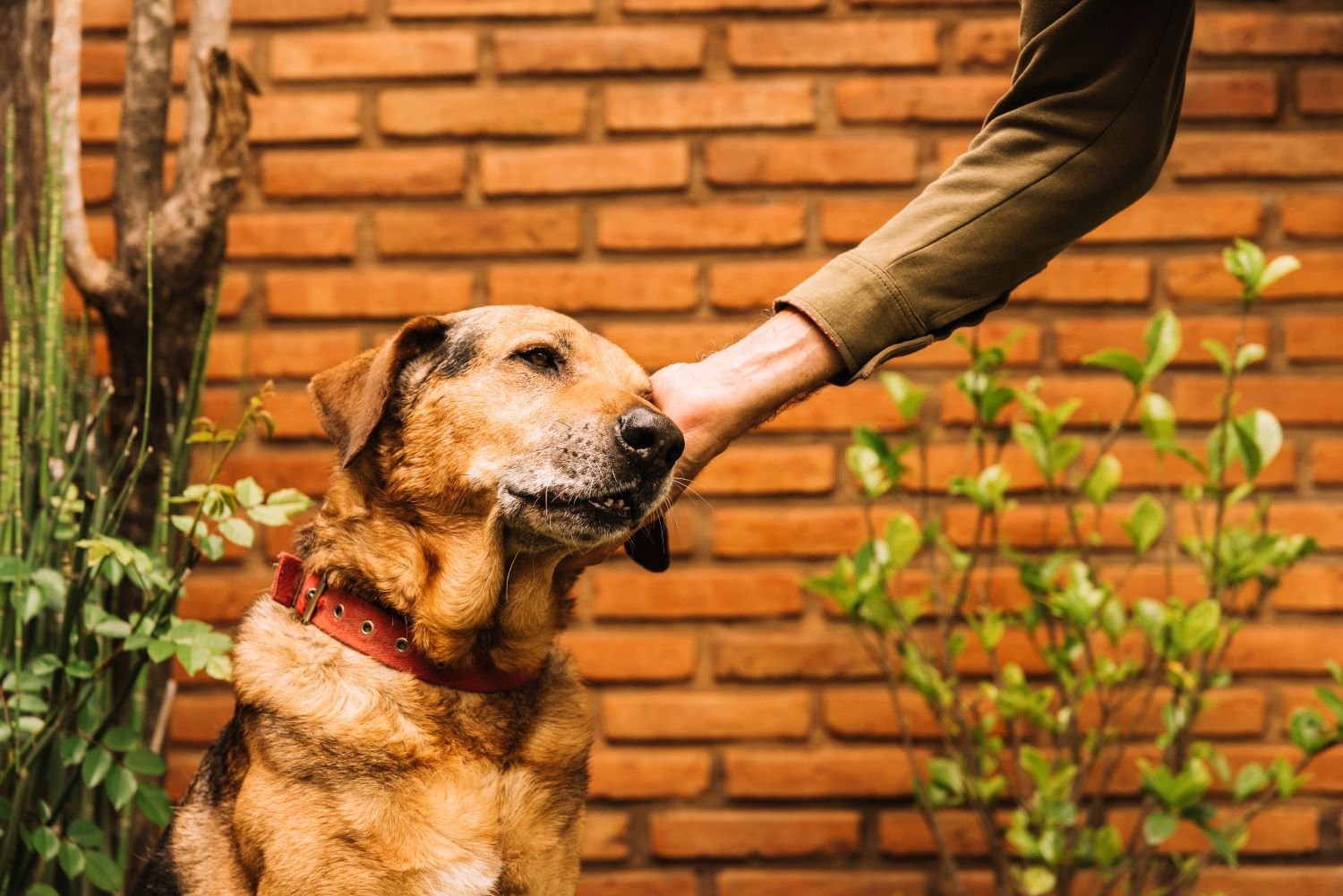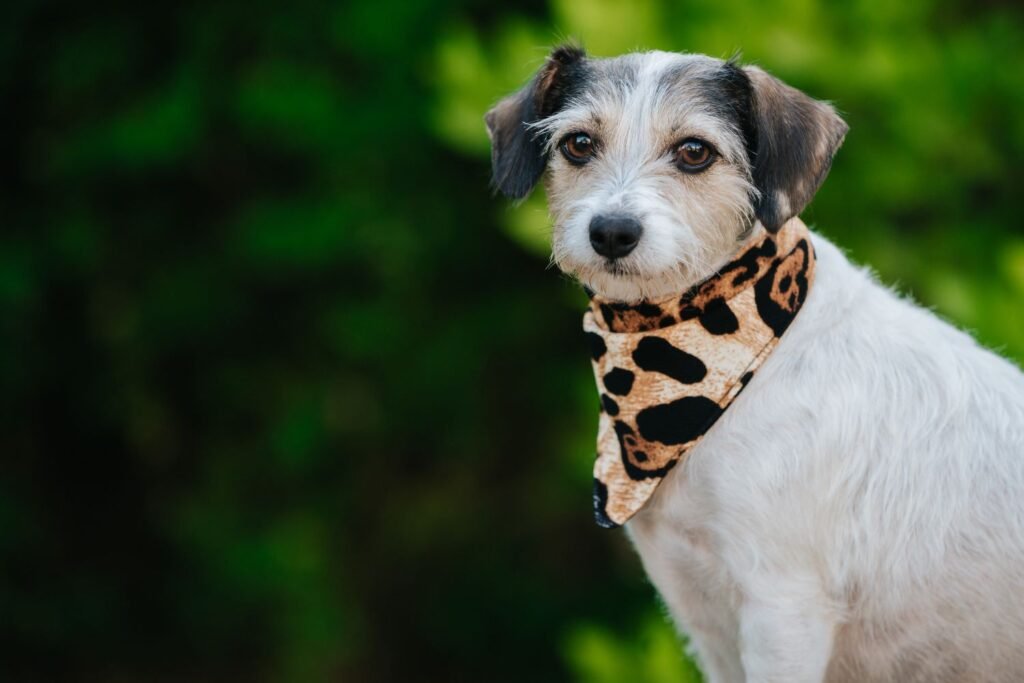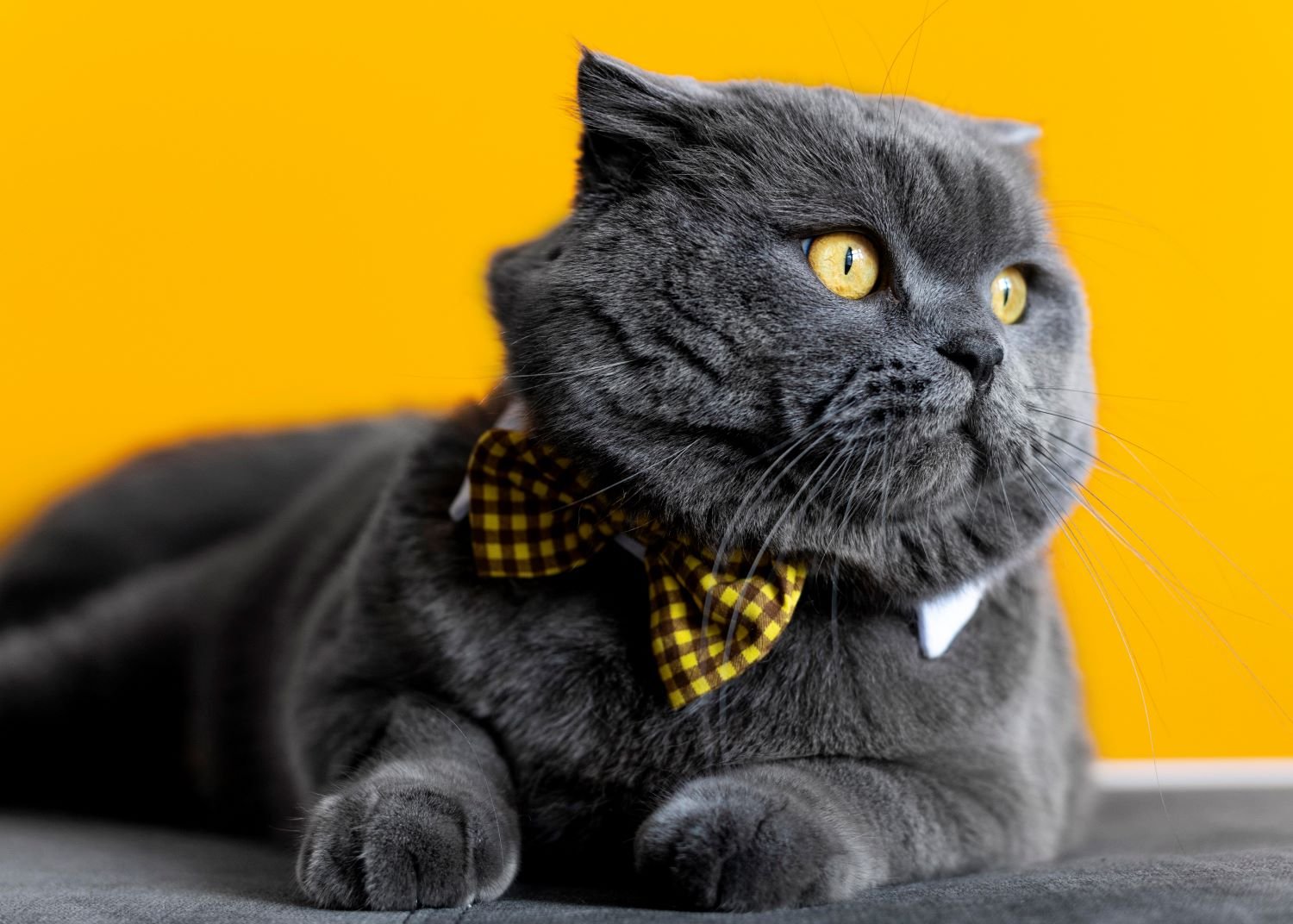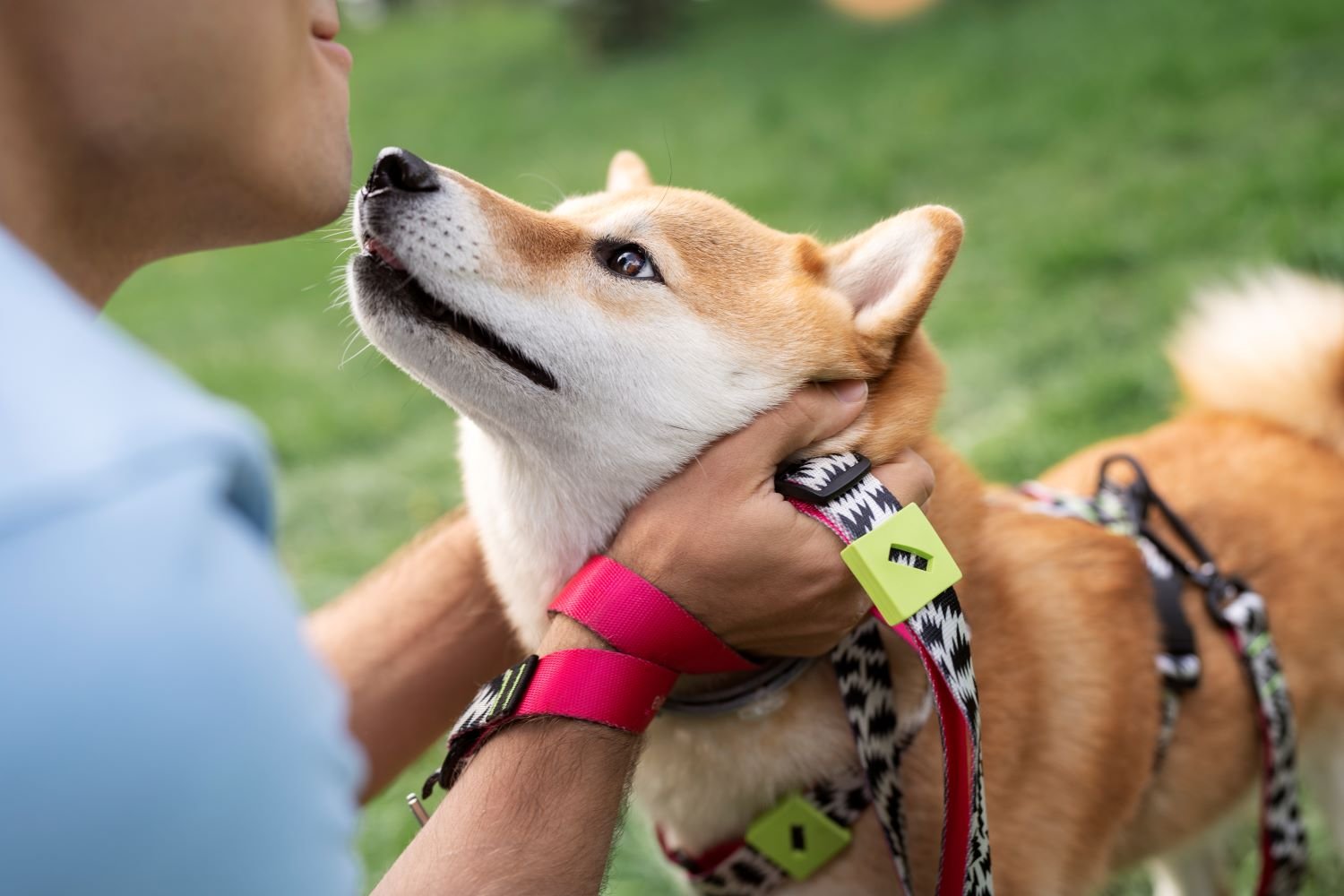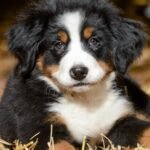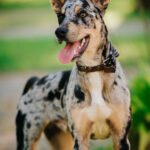Why Is My Dog Acting Weird?: Things Everybody Must Know
As devoted pet owners, we often find ourselves wondering, “Why is my dog acting weird?” Understanding your dog’s behavior is crucial. Though they can’t speak our language, dogs communicate through a unique blend of body language and actions. Changes in their behavior can be concerning, prompting us to explore the reasons behind their quirky antics. In this article, we’ll Unfold the secrets behind our canine companions’ behaviors, addressing the common question, “Why is my dog acting weird?” Join us as we delve into the fascinating world of dog behavior, fostering a deeper connection with our furry friends.
Observing the Signs
Starting to learn about why your dog acts the way it does is like finding an interesting story in how they wag their tail and bark. In this quick read, we’ll talk about why paying close attention is important and how it helps you understand what your furry friend is trying to say.
1. The Significance of Keen Observation
Imagine your dog as a wordless poet, expressing themselves through subtle cues and gestures. Keen observation is the key to interpreting this non-verbal language. By paying close attention to your dog’s behavior, you gain insights into their feelings, needs, and overall well-being.
2. Common Behavioral Changes to Watch For
Imagine your dog as a wordless poet, expressing themselves through subtle cues and gestures. Keen observation is the key to interpreting this non-verbal language. By paying close attention to your dog’s behavior, you gain insights into their feelings, needs, and overall well-being.
Unusual Vocalization
If your dog suddenly becomes more vocal or unusually quiet, it could indicate discomfort, excitement, or a need for attention.
Changes in
Appetite
A sudden change in eating habits, be it an increased or decreased appetite, may be a sign of underlying health issues or emotional stress.
Altered Sleep Patterns
Keep an eye on your dog’s sleep routine. Changes in sleeping habits might be linked to discomfort, anxiety, or even age-related factors.

3. Document and Track for Better Analysis
Encourage the habit of documenting these behavioral changes. A simple journal or a note on your phone can be immensely helpful. Tracking patterns over time provides a clearer picture, aiding both you and your veterinarian in understanding any potential issues.
Potential Causes
Various Factors Influencing Behavior
Dogs, much like us, can be affected by different things. Changes in behavior might be linked to:
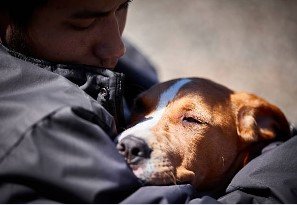





Health Issues: Just like when we feel unwell, dogs can act differently when they’re not at their best physically. It’s crucial to pay attention to any signs of discomfort or illness.
Environmental Changes: Dogs are sensitive to their surroundings. Moving to a new place, changes in routine, or even different people around can impact their behavior.
Emotional Stress: Yes, dogs can feel stressed too. Events like loud noises, changes in family dynamics, or being alone for extended periods might cause emotional stress.
Role of Age, Breed, and Past Experiences
Think of your dog’s age, breed, and past experiences as ingredients in their unique personality recipe:
Age: Just like humans, dogs go through different life stages. A puppy may act differently than an older dog, and understanding these stages helps in addressing their needs.
Breed: Different dog breeds have distinct traits and temperaments. Knowing your dog’s breed characteristics can provide insights into their behavior.
Past Experiences: Your dog’s previous encounters and experiences shape their reactions to new situations. Understanding their history helps in supporting them better.
The Importance of Vet Checkup
Sometimes, behavior changes might be a sign of an underlying health issue. To rule out any medical concerns, it’s essential to visit the vet regularly. They can identify and address health issues early, ensuring your furry friend stays happy and healthy.

The Importance of Vet Checkup
Sometimes, behavior changes might be a sign of an underlying health issue. To rule out any medical concerns, it’s essential to visit the vet regularly. They can identify and address health issues early, ensuring your furry friend stays happy and healthy.
In conclusion, if you’re wondering, “Why is my dog acting weird?” a mix of patience and proactive care is key. Dogs communicate through behavior, and changes may signal health issues, environmental stress, or emotional factors. By observing, addressing possible triggers, and seeking professional advice if needed, you can strengthen your bond and ensure your furry friend’s well-being. Understanding your dog’s unique language is the key to unlocking the mystery behind their peculiar behavior.
FAQ’s
Q1: Why is my dog acting weird all of a sudden?
Answer: Sudden changes in behavior can be triggered by various factors. If you’re wondering, “Why is my dog acting weird?” it could be due to health issues, changes in the environment, or emotional stress. Observing their behavior and considering recent events can provide insights.
Q2: Is it common for dogs to act weird sometimes?
Answer: Yes, it’s normal for dogs to exhibit unusual behaviors occasionally. However, persistent or drastic changes may indicate an issue that requires attention. If you’re wondering, “Why is my dog acting weird?” it’s crucial to explore potential causes.
Q3: Can health problems cause strange behavior in dogs?
Answer: Absolutely. Health issues such as pain, discomfort, or illness can influence your dog’s behavior. If you notice any unusual signs or if your dog is consistently acting weird, a veterinary checkup is recommended to rule out medical concerns.
Q4: How can I help my dog if it’s acting strangely?
Answer: Start by observing and identifying changes in their behavior. Consider recent events, environmental factors, and any potential stressors. If the weird behavior persists, consulting with a veterinarian or a professional dog behaviorist can provide guidance tailored to your furry friend’s needs.
Q5: Is it necessary to seek professional advice for my dog’s odd behavior?
Answer: If you’re unsure about the cause or if your dog’s behavior is a cause for concern, seeking professional advice is a prudent step. A veterinarian or certified dog behaviorist can conduct a thorough assessment and offer insights into addressing specific issues.
Q6: How does understanding my dog’s behavior improve our relationship?
Answer: Understanding your dog’s behavior builds a stronger bond by allowing you to meet their needs and respond appropriately. It enhances communication, fostering a happier and healthier relationship between you and your furry companion. If you find yourself wondering, “Why is my dog acting weird?” take the time to decode their unique language.
Read Our Most popular post
Further Reading From High Authority Site
Health-related causes:
- American Kennel Club (AKC): https://www.akc.org/press-center/articles-resources/how-to-tell-if-your-dog-is-sick/
- Association for Pet Obesity Prevention: https://www.petobesityprevention.org/
- Veterinary Partner: https://www.banfield.com/en/Wellness-at-banfield/puppy-hub/puppy-dogs-need-space
Behavioral causes:
- American Society for the Prevention of Cruelty to Animals (ASPCA): https://www.aspcapetinsurance.com/resources/dog-behavior-problems-and-training/
- The Humane Society of the United States: https://www.animalhumanesociety.org/resource/truth-about-dog-behavior-challenges
- Animal Behavior College: https://www.animalbehaviorcollege.com/
Additional resources:
- PetMD: https://www.petmd.com/dog/conditions
- WebMD Pets: https://www.webmd.com/pets/default.htm
- American Veterinary Medical Association (AVMA): https://www.avma.org/
-
Why Does My Dog Suddenly Hide Under The Bed?
-
Barking Up the Wrong Tree: My Dog Won’t Stop Whining!
-
Is Your Dog Possessed? (Probably Not, But Here’s What Might Be Going On)
-
Is Your Dog Possessed? (Probably Not, But Here’s What Might Be Going On)
-
From Woof To Weird: Debunking Your Dog’s Demonic Delusions
-
Untangling Your Dog’s Bizarre Behavior
- Find Us on Instapaper
- Find Us on Evernote
https://toplistingsite.com/post-555962-from-woof-to-woe-debunking-your-dog-s-demon-dog-days.html

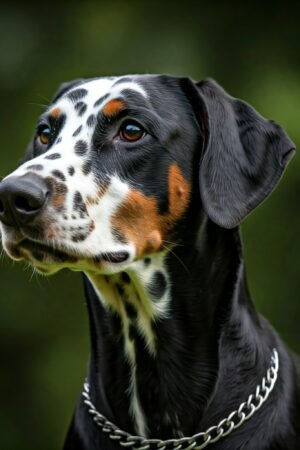
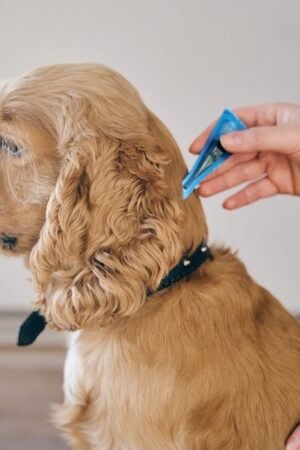

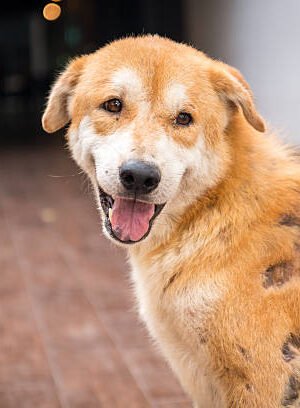
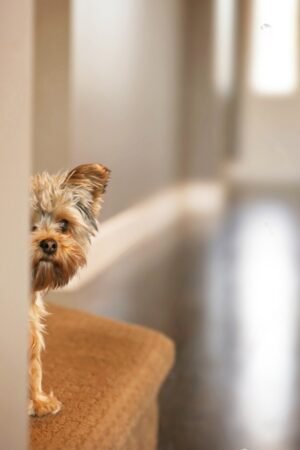

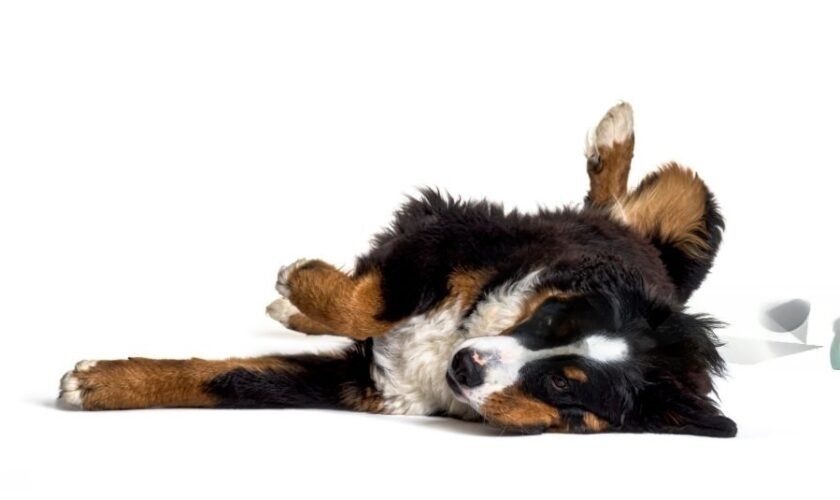

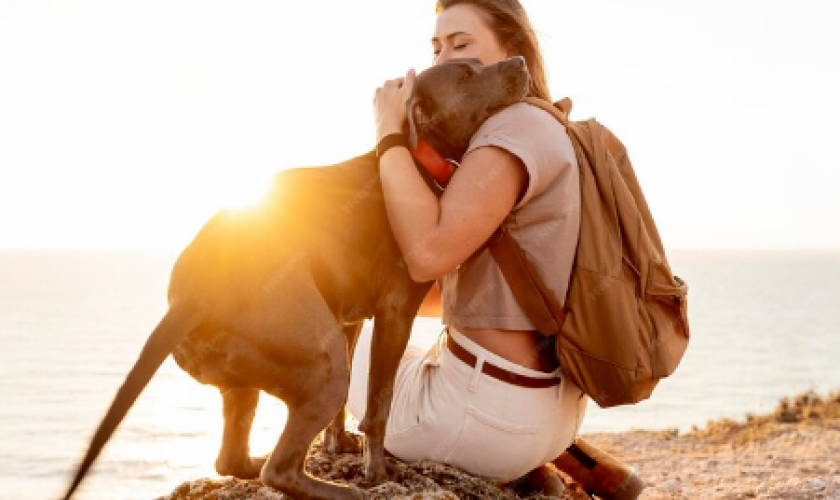



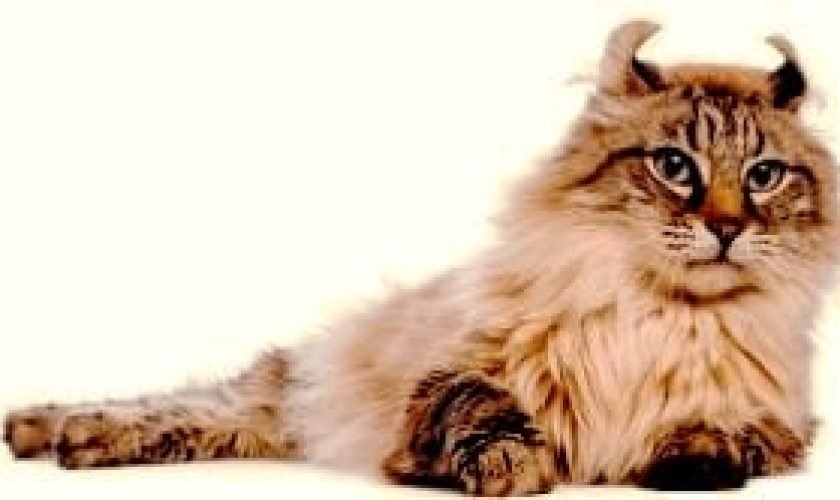

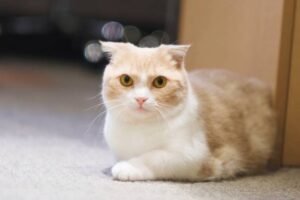

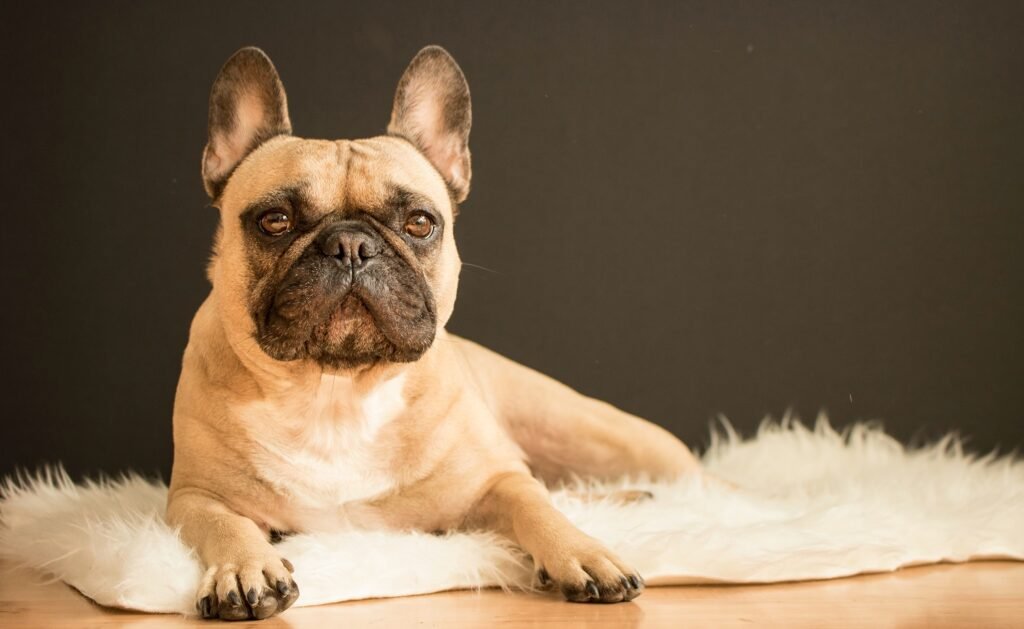

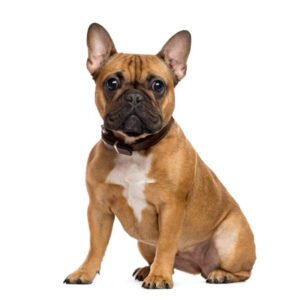

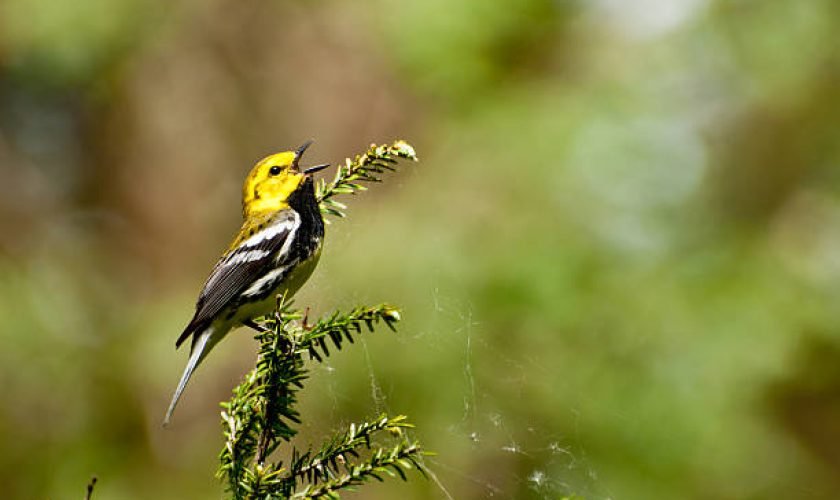
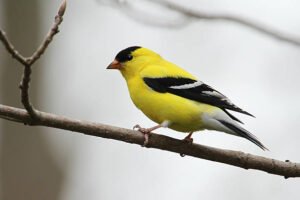 American Goldfinch: A Summer Symphony in Feathers
American Goldfinch: A Summer Symphony in Feathers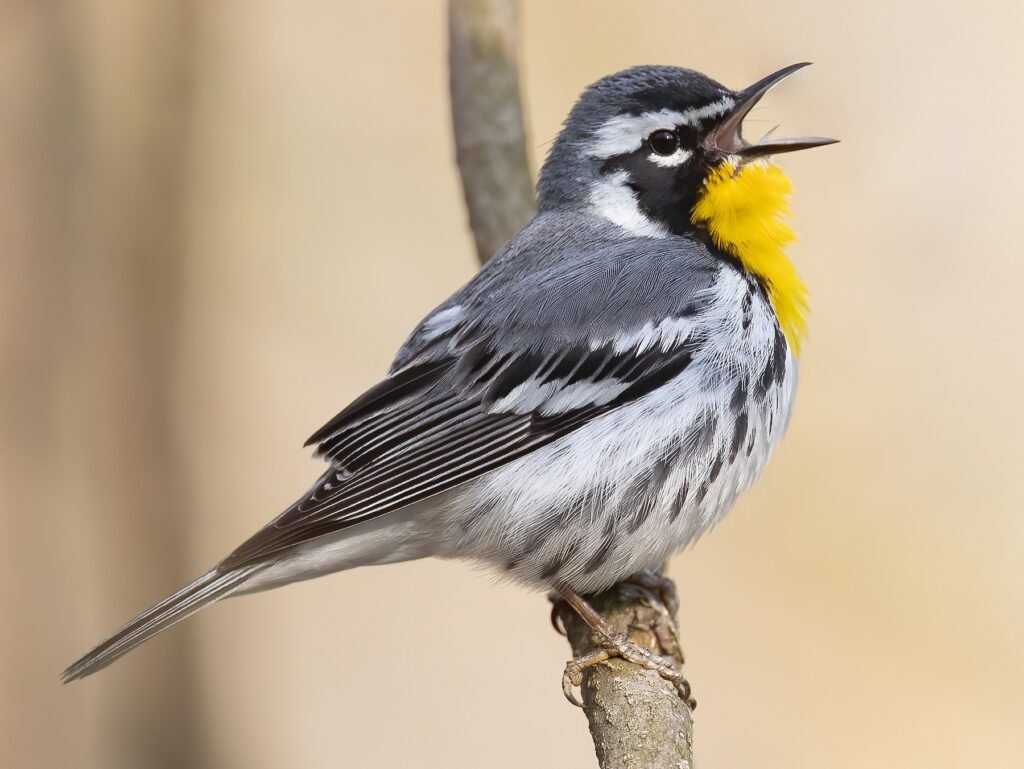 The Yellow Warbler, like a living ray of sunshine, fills the air with vibrant melodies and adorns trees with its golden glow. Here’s a peek into their bright world:
The Yellow Warbler, like a living ray of sunshine, fills the air with vibrant melodies and adorns trees with its golden glow. Here’s a peek into their bright world: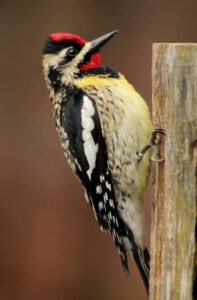 The Yellow-billed Cuckoo, a shy songbird shrouded in secrecy, adds a touch of intrigue to the leafy landscapes of North America. Here’s a glimpse into their hidden world:
The Yellow-billed Cuckoo, a shy songbird shrouded in secrecy, adds a touch of intrigue to the leafy landscapes of North America. Here’s a glimpse into their hidden world: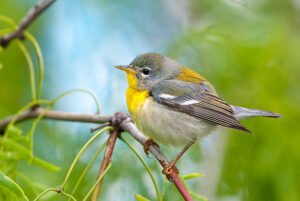 The Northern Parula, a feathered artist wielding a brush of vibrant color, adds a splash of joy to the evergreen tapestry of North American forests. Here’s a peek into their miniature masterpiece:
The Northern Parula, a feathered artist wielding a brush of vibrant color, adds a splash of joy to the evergreen tapestry of North American forests. Here’s a peek into their miniature masterpiece: Imagine a spark of sunshine dancing through tallgrass prairies, singing a sweet melody against the whispering wind. That’s the Prairie Warbler, a feathered maestro painting fields with vibrant colors and joyful songs. Here’s a glimpse into their summer symphony:
Imagine a spark of sunshine dancing through tallgrass prairies, singing a sweet melody against the whispering wind. That’s the Prairie Warbler, a feathered maestro painting fields with vibrant colors and joyful songs. Here’s a glimpse into their summer symphony: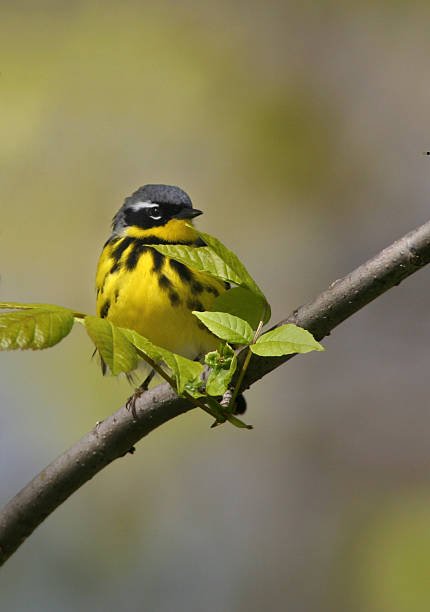 Imagine a feathered artist dipped in sunshine, painting streaks of yellow brilliance across the green canvas of the forest. That’s the Magnolia Warbler, a male masterpiece radiating charm and captivating song amidst the leafy boughs. Here’s a glimpse into their vibrant presence:
Imagine a feathered artist dipped in sunshine, painting streaks of yellow brilliance across the green canvas of the forest. That’s the Magnolia Warbler, a male masterpiece radiating charm and captivating song amidst the leafy boughs. Here’s a glimpse into their vibrant presence: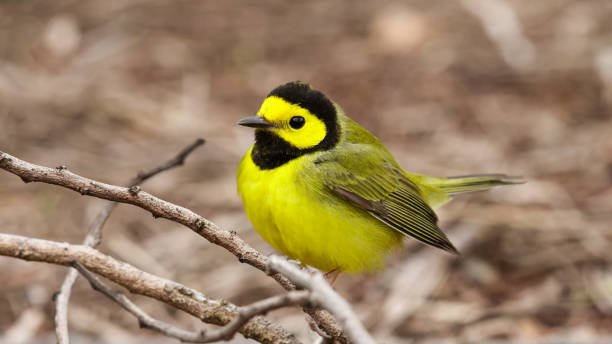 Imagine a feathered bandit hiding a secret splash of yellow beneath a sleek black hood, serenading the forest with a sweet, whistled melody. That’s the Hooded Warbler, a captivating songbird painting the green depths with vibrant personality and hidden charm. Here’s a glimpse into their masked masterpiece:
Imagine a feathered bandit hiding a secret splash of yellow beneath a sleek black hood, serenading the forest with a sweet, whistled melody. That’s the Hooded Warbler, a captivating songbird painting the green depths with vibrant personality and hidden charm. Here’s a glimpse into their masked masterpiece: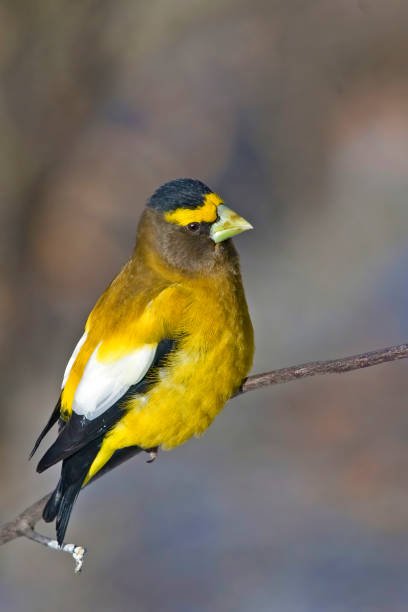 Imagine a feathered monarch draped in a cloak of gold, surveying his forest kingdom from the twilight branches. Enter the Evening Grosbeak, a male masterpiece captivating the evening skies with vibrant flashes of color and a commanding presence. Let’s unravel the secrets of his majestic plumage:
Imagine a feathered monarch draped in a cloak of gold, surveying his forest kingdom from the twilight branches. Enter the Evening Grosbeak, a male masterpiece captivating the evening skies with vibrant flashes of color and a commanding presence. Let’s unravel the secrets of his majestic plumage: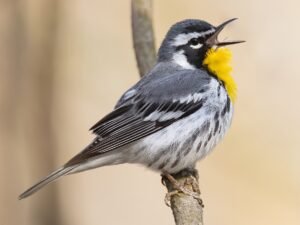 Imagine a feathered jewel radiating sunshine from its throat, flitting through sun-dappled forests like a living melody. That’s the Yellow-throated Warbler, a male masterpiece painting the emerald tapestry of woodlands with vibrant splashes of color and captivating song. Let’s explore the secrets of his miniature masterpiece:
Imagine a feathered jewel radiating sunshine from its throat, flitting through sun-dappled forests like a living melody. That’s the Yellow-throated Warbler, a male masterpiece painting the emerald tapestry of woodlands with vibrant splashes of color and captivating song. Let’s explore the secrets of his miniature masterpiece: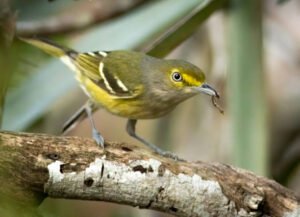 Imagine a feathered sentry draped in olive armor, flitting through dense foliage with a cheery, infectious song. That’s the White-eyed Vireo, a compact powerhouse guarding the secrets of the trees with watchful eyes and a bouncing rhythm. Let’s explore the secrets within its miniature kingdom:
Imagine a feathered sentry draped in olive armor, flitting through dense foliage with a cheery, infectious song. That’s the White-eyed Vireo, a compact powerhouse guarding the secrets of the trees with watchful eyes and a bouncing rhythm. Let’s explore the secrets within its miniature kingdom: Imagine a feathered conductor perched atop a swaying grass stalk, baton of sunshine outstretched as it leads the windblown orchestra of its meadow kingdom. That’s the Eastern Meadowlark, a maestro of vibrant song and dazzling plumage, painting the canvas of open spaces with its joyous presence. Let’s explore the secrets hidden within its golden wings:
Imagine a feathered conductor perched atop a swaying grass stalk, baton of sunshine outstretched as it leads the windblown orchestra of its meadow kingdom. That’s the Eastern Meadowlark, a maestro of vibrant song and dazzling plumage, painting the canvas of open spaces with its joyous presence. Let’s explore the secrets hidden within its golden wings: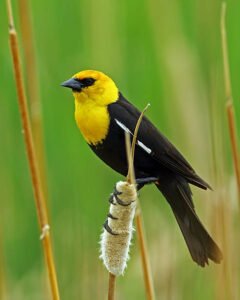 Imagine a dapper gentleman clad in a midnight suit, suddenly bursting into a raucous, infectious cackle. That’s the Yellow-headed Blackbird, a charismatic contradiction where bold sunshine meets mischievous charm, painting the marshes and fields with vibrant personality and boisterous song. Let’s explore the secrets hidden beneath his shiny black hood:
Imagine a dapper gentleman clad in a midnight suit, suddenly bursting into a raucous, infectious cackle. That’s the Yellow-headed Blackbird, a charismatic contradiction where bold sunshine meets mischievous charm, painting the marshes and fields with vibrant personality and boisterous song. Let’s explore the secrets hidden beneath his shiny black hood: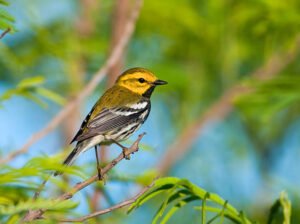 Toggle
Toggle Imagine a feathered drummer clad in a crimson beret, tapping out a rhythmic tattoo against the canvas of ancient trees. That’s the Yellow-bellied Sapsucker, a male masterpiece painting the woodlands with vibrant flashes of color and the echoing pulse of his percussive serenade. Let’s explore the secrets hidden beneath his bold attire:
Imagine a feathered drummer clad in a crimson beret, tapping out a rhythmic tattoo against the canvas of ancient trees. That’s the Yellow-bellied Sapsucker, a male masterpiece painting the woodlands with vibrant flashes of color and the echoing pulse of his percussive serenade. Let’s explore the secrets hidden beneath his bold attire: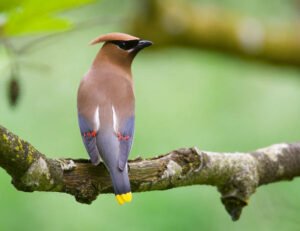 Imagine a feathered dandy adorned in a bohemian cloak, festooned with crimson jewels and crowned with a rakish crest. That’s the male Cedar Waxwing, a master of casual elegance painting the winter skies with flashes of color and a melodic lullaby for the snow-kissed trees. Let’s explore the secrets hidden beneath his layered attire:
Imagine a feathered dandy adorned in a bohemian cloak, festooned with crimson jewels and crowned with a rakish crest. That’s the male Cedar Waxwing, a master of casual elegance painting the winter skies with flashes of color and a melodic lullaby for the snow-kissed trees. Let’s explore the secrets hidden beneath his layered attire: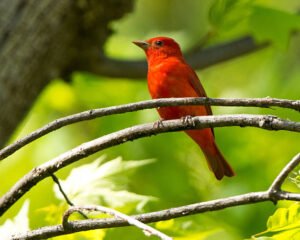 Imagine a feathered flame painting the green tapestry of the forest with vibrant strokes of crimson. That’s the male Summer Tanager, a masterpiece of avian beauty whose fiery plumage and melodious song announce the arrival of warm summer days. Let’s explore the secrets hidden beneath his scarlet cloak:
Imagine a feathered flame painting the green tapestry of the forest with vibrant strokes of crimson. That’s the male Summer Tanager, a masterpiece of avian beauty whose fiery plumage and melodious song announce the arrival of warm summer days. Let’s explore the secrets hidden beneath his scarlet cloak: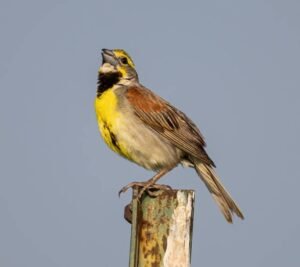 Imagine a feathered conductor perched atop a swaying cornstalk, baton of sunshine outstretched as it leads the windblown orchestra of the prairie. That’s the Dickcissel, a maestro of vibrant melody and bold plumage, painting the canvas of open grasslands with its joyous presence. Let’s explore the secrets hidden beneath its striped suit:
Imagine a feathered conductor perched atop a swaying cornstalk, baton of sunshine outstretched as it leads the windblown orchestra of the prairie. That’s the Dickcissel, a maestro of vibrant melody and bold plumage, painting the canvas of open grasslands with its joyous presence. Let’s explore the secrets hidden beneath its striped suit: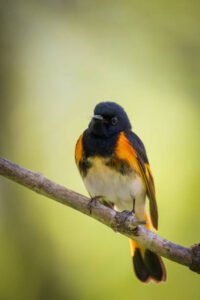 Imagine a feathered flame dancing through the leafy shadows, its vibrant hues defying the muted tones of the forest. That’s the male American Redstart, a miniature meteor painting the green canvas with splashes of scarlet and black, its energetic movements echoing with a melodic symphony. Let’s explore the secrets hidden beneath its fiery cloak:
Imagine a feathered flame dancing through the leafy shadows, its vibrant hues defying the muted tones of the forest. That’s the male American Redstart, a miniature meteor painting the green canvas with splashes of scarlet and black, its energetic movements echoing with a melodic symphony. Let’s explore the secrets hidden beneath its fiery cloak: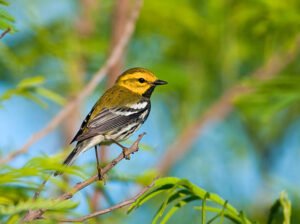 Focusing solely on the wing bars of the Black-throated Green Warbler can be helpful for initial identification, but appreciating its full splendor requires a look at its complete feathered attire and enchanting melody. So, let’s paint a vibrant picture of this miniature emerald with a hidden song:
Focusing solely on the wing bars of the Black-throated Green Warbler can be helpful for initial identification, but appreciating its full splendor requires a look at its complete feathered attire and enchanting melody. So, let’s paint a vibrant picture of this miniature emerald with a hidden song: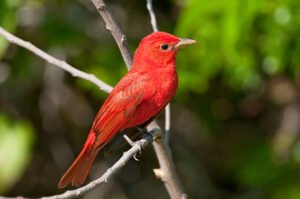 Focusing solely on the wing markings of the Summer Tanager, while potentially helpful for initial identification, might not be the most effective way to appreciate its vibrant beauty and captivating presence. To truly understand this feathered masterpiece, let’s delve into its full-fledged splendor:
Focusing solely on the wing markings of the Summer Tanager, while potentially helpful for initial identification, might not be the most effective way to appreciate its vibrant beauty and captivating presence. To truly understand this feathered masterpiece, let’s delve into its full-fledged splendor:
